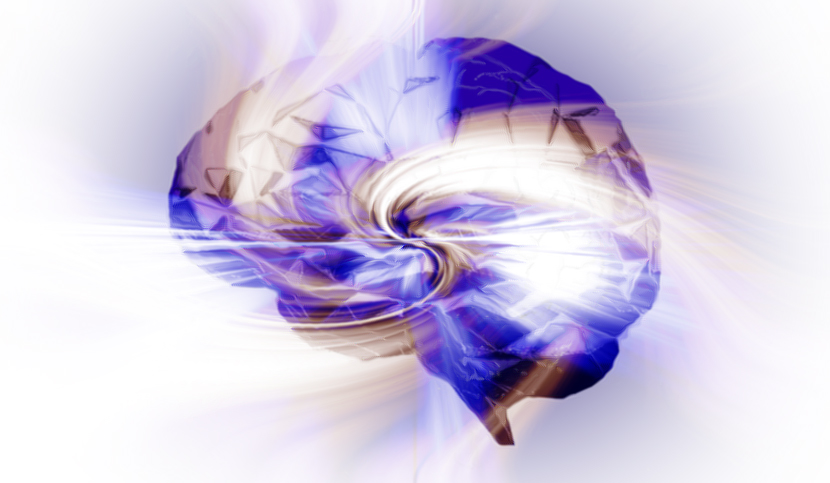A study conducted at the Zuckerman Institute of Columbia University (USA) by Jerome Munuera, co-first author and researcher at the Paris Brain Institute, and his collaborators, led to the development of the first functional model of abstraction in the brain. The results are published in the prestigious journal Cell.
The curse of dimensionality plagues models of reinforcement learning and decision making. The process of abstraction solves this by constructing variables describing features shared by different instances, reducing dimensionality and enabling generalization in novel situations. Here, we characterized neural representations in monkeys performing a task described by different hidden and explicit variables. Abstraction was defined operationally using the generalization performance of neural decoders across task conditions not used for training, which requires a particular geometry of neural representations. Neural ensembles in prefrontal cortex, hippocampus, and simulated neural networks simultaneously represented multiple variables in a geometry reflecting abstraction but that still allowed a linear classifier to decode a large number of other variables (high shattering dimensionality). Furthermore, this geometry changed in relation to task events and performance. These findings elucidate how the brain and artificial systems represent variables in an abstract format while preserving the advantages conferred by high shattering dimensionality.
Source
The Geometry of Abstraction in the Hippocampus and Prefrontal Cortex. Bernardi S, Benna MK, Rigotti M, Munuera J, Fusi S, Salzman CD. Cell. 2020 Oct 9







